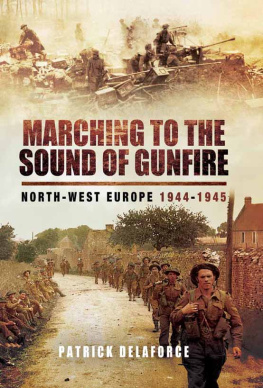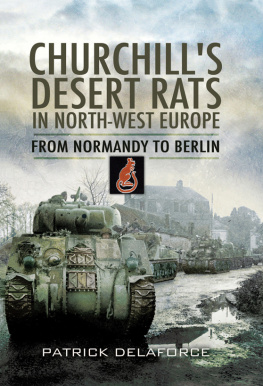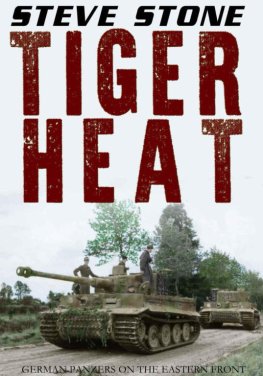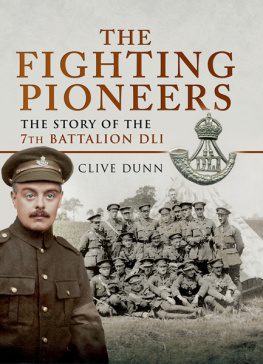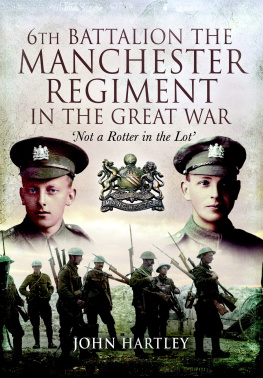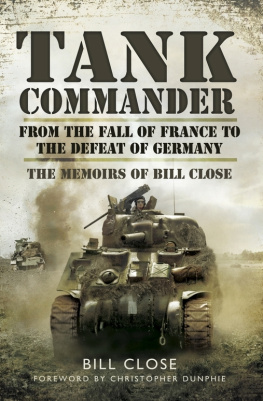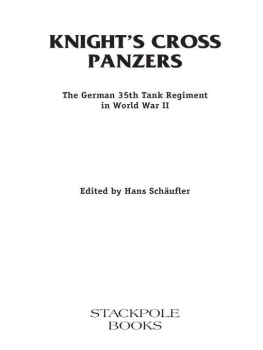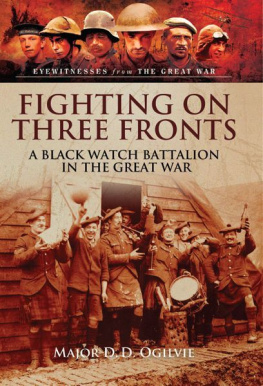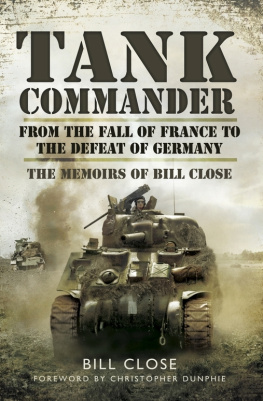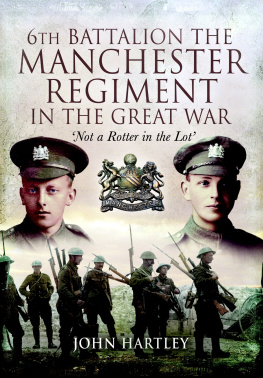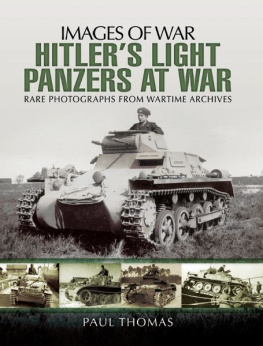TAMING THE
PANZERS
MONTYS TANK BATTALIONS
3 RTR AT WAR
Patrick Delaforce
First published by Sutton Publishing Limited in 2000
Copyright Patrick Delaforce 2000
This edition published in 2021 by Lume Books
30 Great Guildford Street,
Borough, SE1 0HS
The right of Patrick Delaforce to be identified as the author of this work has been asserted by them in accordance with the Copyright, Design and Patents Act, 1988.
All rights reserved. No part of this publication may be reproduced, stored in a retrieval system, or transmitted in photocopying, recording or otherwise, without the prior permission of the copyright owner.
Table of Contents
Introduction
Shortly after General Bernard Montgomery arrived in the North African desert destined to transform Britains Eighth Army and march from victory to victory he caused a sensation. A dedicated professional infantryman (the Royal Warwickshire Regiment) he put a gleaming silver First World War tank the cap badge of the Royal Tank Regiment on his beret and wore it with pride throughout the rest of the war. Shortly after the end of hostilities in 1945 he wrote:
We learnt our lesson the hard way as is so often the case in the history of British arms. It took the early successes of the German panzer divisions in 1940 to convince us that the tank, if used properly, was a decisive weapon in modern land warfare. By then it might have been too late. But we were saved from disaster because of the efficient tank schools which the Regiment had established in peacetime and by the splendid body of reservists which they had trained. These made it possible to effect a rapid expansion of our tank forces, Regular and Territorial, and eventually to put into the field a hard core of highly efficient armoured units which bore the brunt of the fight for two long weary years. Finally at Alamein in October 1942, we gained the advantage over the enemy, utilising our superior numbers and equipment after which we never looked back. And it was the same in other theatres of war. The Regiment won praise wherever it fought.
I know this better than most. It was my great honour and privilege to have had under my command at varying times during the late war most of the units of the Royal Armoured Corps Regular, Territorial and units specially for the war. Among all these, I can speak with authority of the technical efficiency, and tenacity and skill in battle of the units of the Royal Tank Regiment.
When the Second World War was over, the Regiment asked me, an infantry soldier to become one of its Colonels Commandant and it was a notable moment for me when my appointment as such was approved by the Sovereign Colonelin-Chief of the Regiment. Let us never forget the immense debt which the whole nation owes to the officers and men of the Royal Tank Regiment. I have always considered the Royal Tank Regiment to be outstanding in the Royal Armoured Corps second to none when it comes to efficiency in battle. By determination in peace and valour in war, the Regiment worthily established, and has unflinchingly maintained, the right to its inspiring motto Fear Naught.
Field Marshal Viscount Montgomery of Alamein KG, GCB, DSO.
This is the story of perhaps the most famous British fighting formation of the Second World War. A bold claim perhaps? The 3rd Battalion, Royal Tank Regiment had a distinguished reputation in the First World War, earning a fine Victoria Cross, but some 30 years later the two main adversaries acknowledge their prowess. Winston Churchill stated that the week-long defence of Calais in May 1940 (in which 3 RTR were the only tank formation) gave the British Expeditionary Force (BEF) extra time for the crucial evacuation from the Dunkirk beaches. In the spring of the next year the re-formed, refitted battalion fought the panzers again in the ill-fated campaign in Greece. (The only RTR unit to do so.) Adolf Hitler was furious since the six-week campaign delayed Operation Barbarossa. His panzers might have reached Moscow that much sooner before the Soviet armies could regroup and the dreadful Russian winter arrived.
3 RTR fought and fought again in all the main African desert battles, eventually under the command of General Montgomery. Finally 3 RTR fought in all the desperate battles in Normandy; took part in the Great Swan to capture Amiens and Antwerp, then acted as right-flank protection in Operation Market Garden; helped halt the panzers in the Ardennes; and, equipped with brand new Comet tanks (the only RTR unit in the British Army to be so), took part in the many river crossing battles on their way to the Baltic.
A truly magnificent record.
chapter 1
Big Willie (Mother), Little
Willie and the Savage
Rabbits
Despite the views of the senior professional soldiers still fighting the Boer War, the politicians in the early days of the First World War took a great deal of interest in the development of an armoured vehicle capable of breaking into and through enemy lines of trenches. Lloyd George was impressed by the new invention and Sir Douglas Haig read with great interest a memorandum entitled Attack by Armour, written by Winston Churchill, who after the Dardanelles saw front-line action in France. A Tank Supply Committee was formed under Lieutenant-Colonel Stern and the first hundred tanks were manufactured by the firms of Fosters of Lincoln and the Metropolitan Carriage Company of Wednesbury. The first Mark I tanks would operate in pairs, one with two 6-pdr guns, attacking enemy artillery, while the other carrying four Vickers machine-guns (MGs) would tackle the enemy infantry. Known as male and female respectively, they were soon christened Big and Little Willie. The latter, a chaperone tank defended Big Willie, but it was Big Willie that was nicknamed Mother.
The specifications of the Wilson Big Willie model (Lieutenant W.G. Wilson and Lieutenant A. Stern were pioneer tank designers in 1915) created a fighting vehicle 8 feet in width and height and 31 feet in length. The maximum speed was 4 mph and it could cross an 8 foot trench and climb a 4 foot high parapet. A crew of eight men was needed to drive and man the two naval 6-pdr guns, one on each side. The engine was a 105-hp Daimler and when loaded with crew and ammunition the vehicle weighed 28 tons, 8 cwt. The protective armour was 12 mm thick in front of the driver, 8 mm at the sides, and 6 mm on top. Poor reception inside the tank precluded use of the primitive wireless and short-range communication was by means of metal discs (semaphore) and small flags (Morse code); for long range carrier pigeons were used. Naval compasses were also provided. The new formation was christened, Fred Karnos army, the ragtime ASC.
In early 1916 Colonel Ernest Swinton, perhaps the main advocate for the development of tanks, commanded the new Tank Department based at Siberia camp, Bisley, where the Motor Machine Gun Service had their training school. For reasons of secrecy the name was changed in May to the Heavy Section, Machine Guns Corps. Secrecy was paramount and officers and men were told to say the cars were a new type of water tank intended for the Russians! So Russian letters were painted on the side of each tank before leaving the factories.
The war establishment was for six companies, each with 25 brand new tanks (or land ships, or land cruisers) since with Lloyd Georges help the initial order was increased to 150. Each company, named initially A to F, had four sections with a total of 28 officers and 255 other ranks. C Company which became later the 3rd Battalion, was commanded by Major A. Holford-Walker MC of the Argyll and Sutherland Highlanders and his Adjutant was Captain B.E. Williams MC.
There was a dearth of officers and men, so several batteries of the Motor Machine Guns were disbanded to form a nucleus. Officers volunteered from infantry units in France who had experienced trench warfare and from newly formed cadet schools in Oxford, Cambridge and Bristol. The new companies were based at Bull House Camp, Bisley, a large secure area of heath and woodland 15 miles square where training with Hotchkiss and Vickers machine-guns and 6-pdr guns could take place. The area was guarded night and day by 450 men of the Royal Defence Corps and turned into a realistic Flanders Fields battlefield. Besides the British front and French supply lines, a substantial No Mans Land and German first, support, and second and third defence lines were created.
Next page

